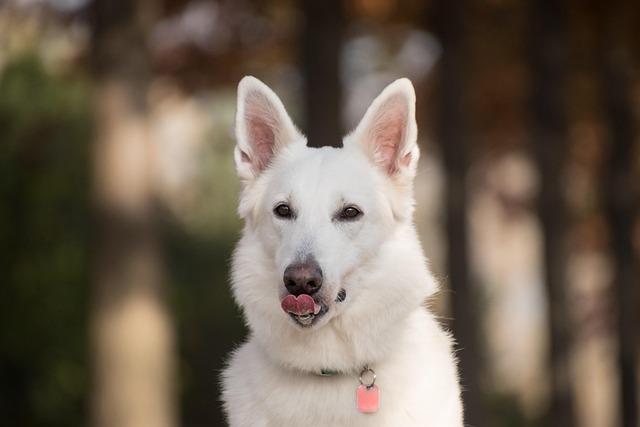
How to teach a dog to come and not run away?
Dogs love exploring, but watching yours dart toward a busy street or vanish into a neighbor’s yard sends panic shooting through any owner.
Imagine you’re in your Los Angeles apartment, sitting on the couch with your 4-year-old Lab mix, Max. He’s always been a “low-maintenance” dog—eats well, plays fetch in the park, and never acts sick. But last week, you noticed he’s been drinking more water than usual and slowing down on walks. You suddenly realize: It’s been three years since his last vet visit. If you’re a new US dog owner, this realization might spark guilt or panic—am I a bad owner? Will the vet judge me? The truth is, lots of owners let vet visits slip, but getting back on track is easier than you think—and it’s one of the kindest things you can do for Max.
First, let’s break down why skipped vet visits matter (no scary jargon, promise). Dogs are masters at hiding pain—by the time you notice a symptom (like Max’s extra thirst), a small issue (like early kidney trouble or tooth decay) could have gotten worse. My neighbor in Austin learned this the hard way: She thought her Corgi, Bella, was “fine” until Bella stopped eating—turns out, she had a broken tooth that had been infected for months. Vets explain it simply: “Annual checkups are like preventive care for humans—they catch problems before they hurt.” Even healthy-looking dogs need blood work to check for hidden issues, and vaccines to stay protected from diseases like rabies (which is still common in parts of the US). Skipping visits isn’t just risky for Max—it also misses a chance to get free tips on training or apartment pet care.

Here’s how to get back on track, step by step. Start by finding a vet you trust—look for “AAHA-accredited” clinics (they meet high standards) near your apartment. Call and say, “It’s been a while since my dog’s visit—I want to get him caught up.” Most vets won’t judge; they’re just glad you’re coming. Before the appointment, jot down notes: Has Max’s appetite changed? Does he sleep more? Bring a bag of his favorite freeze-dried chicken treats—this keeps him calm in the exam room (apartment dogs often get anxious in new spaces). During the visit, ask questions: “Is his water intake normal?” “Do I need to adjust his food?” My cousin in Chicago did this with her Shih Tzu—she left with a parasite prevention plan and a list of local dog parks, which made the trip feel worth it.
Now, let’s tie in US rules and pet culture you can’t ignore. First, compliance: Most states (like California) require dogs to have a current rabies vaccine—Max’s old one is likely expired, and Texas fines up to $500 for unvaccinated dogs. Vets will update this during your visit, and give you a certificate to keep (some apartment buildings ask for it). When you walk Max, always bring poop bags—Seattle fines $250 for uncollected waste, and a vet can check his stool for worms (which spread through poop). Second, cultural musts: US pet culture prioritizes “responsible ownership”—this means regular vet care, not just when your dog is sick. Never skip visits because you think “he looks healthy”—it’s like skipping your own doctor’s appointment. And if Max is nervous about the vet, use positive reinforcement (treats, praise) instead of scolding—punishment will make him fear future visits even more.
After the visit, you’ll probably leave with a clean bill of health (and peace of mind). Set a phone reminder for next year’s checkup—small steps keep you from slipping again. Remember: Taking Max to the vet isn’t a chore—it’s how you show him you care, even when he can’t say “thank you.”

Dogs love exploring, but watching yours dart toward a busy street or vanish into a neighbor’s yard sends panic shooting through any owner.

You’ve probably seen it: your dog trotting back and forth across the living room, tail low or ears perked, like they’re on a mission with no clear destination. That repetitive pacing isn’t just random—it’s their way of sending a message.

There’s nothing worse than hitting the sidewalk only to have your dog turn into a tug-of-war champion, yanking you toward every squirrel or fire hydrant in sight.

Chow Chows have a reputation for being independent, and that trait often spills over into potty training. Unlike some breeds that thrive on pleasing their owners, these fluffy dogs tend to march to their own beat, which can make consistency a challenge.

Imagine you’re in your Los Angeles apartment, sitting on the couch with your 4-year-old Lab mix, Max. He’s always been a “low-maintenance” dog—eats well, plays fetch in the park

Puppies peeing on the rug or adult dogs having accidents indoors aren’t just messy—they can strain your bond and even run afoul of local laws.